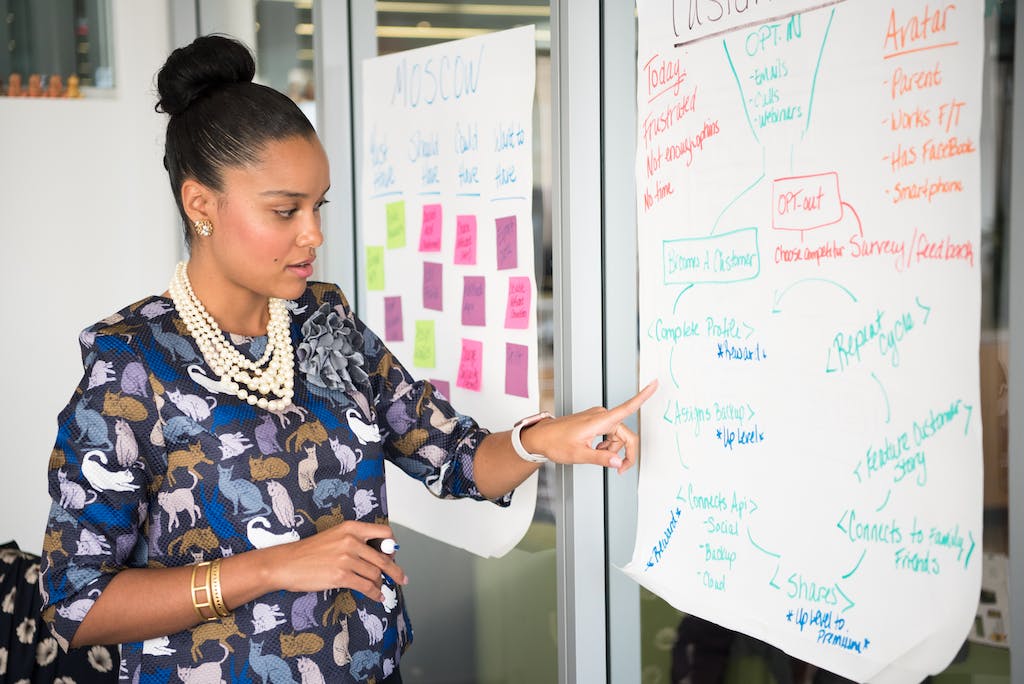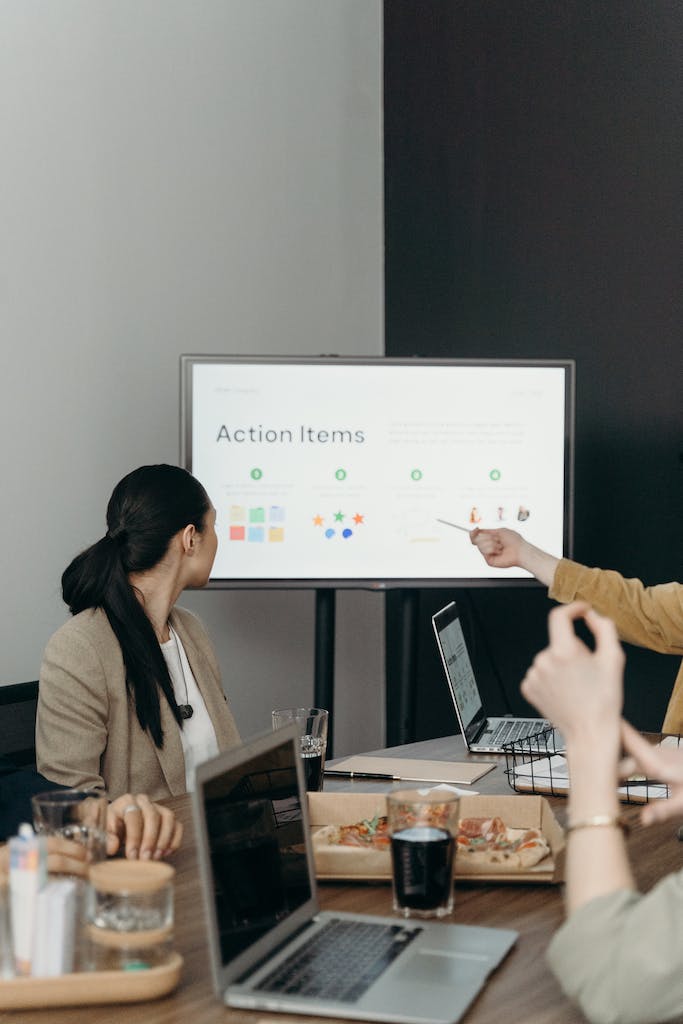The Best 11 Ways to Prepare for a Work Presentation
Even if talking in front of a group of people isn’t your cup of tea, work presentations are integral to professional success. Work presentations serve as a platform to showcase your ideas, communicate effectively, and leave a lasting impression on your colleagues or superiors.
How to Prepare for a Work Presentation
Whether you’re a seasoned professional, or you just began your career in the corporate world, mastering the art of work presentations is a crucial skill. This guide will walk you through the essential steps to ensure you are well-prepared, confident, and ready to deliver a compelling presentation that captivates your audience.
Understanding the Purpose
Before diving into the preparation process, it’s crucial to understand the purpose of your presentation. Ask yourself: What message do you want to convey? Who is your target audience? What are the key takeaways you want your audience to remember? This clarity will guide your entire preparation process.
Remember that your slides should tell the story. If you feel the slides provide a lot of information but aren’t guiding the audience towards your message, you probably need to revisit your why.

Research and Gather Information
Start your preparation by conducting thorough research on the topic of your presentation. In a corporate setting, your presentation is likely about a project you’ve been working on and know quite well.
Whether it’s a project update, a proposal, or a new business idea, gather relevant data, statistics, and supporting materials. Ensure that your information is accurate, up-to-date, and aligned with your key message. As you gather information, you may need to revisit your purpose based on what facts you can share.
Create a Clear Structure
The next step in your preparation process is to create a clear and organized structure for your presentation. Divide your content into key sections, such as introduction, main points, and conclusion. Establish a logical flow that guides your audience through your ideas seamlessly. Use visual aids like slides, charts, or graphs to enhance understanding.
Don’t be afraid to include an agenda. The audience will appreciate knowing what’s coming, as this helps them prepare for key information.
Read these posts for more corporate related content:
1.How to Stay Active While Working from Home 2.How to Write a Killer Resume with No Work Experience
Craft a Compelling Introduction
Your introduction sets the tone for the entire presentation, so make it compelling. Start with a hook to grab your audience’s attention, followed by a brief overview of what they can expect. Clearly state the purpose of your presentation and why it matters to your audience. People are so incredibly busy, so calling out why they should listen is necessary.
A well-crafted introduction builds anticipation and engages your listeners from the start.
Practice, Practice, Practice

Practice is the key to a successful presentation. Rehearse your delivery multiple times, focusing on your tone, pace, and body language. Time yourself during your first few run-throughs so you know what your worst pace will likely be.
Practice in front of a mirror, record yourself or ask a trusted colleague for feedback. This will not only help you refine your content but also boost your confidence when facing the actual audience.
You don’t want to sound robotic or rehearsed during the presentation, so make sure you don’t use the same phrases each time you practice unless it’s a fact that needs to be presented in a specific way.
Anticipate Questions and Prepare Answers
During a presentation, you are likely to face questions from your audience. Anticipate potential queries and prepare well-thought-out answers. This demonstrates your expertise and shows that you are well-prepared. If you’re unsure about a particular question, don’t be afraid to acknowledge it and offer to follow up with more information later.
Polish Your Visual Aids
Visual aids are powerful tools to enhance your presentation and reinforce key points. Ensure that your slides are visually appealing, with clear and concise content. Use a consistent color scheme and font style to maintain professionalism. Limit the amount of text on each slide and incorporate visuals such as images or infographics to make your presentation more engaging. The better your slides convey the message, the less work you’ll have to put into memorizing content and vocalizing key points.
Focus on Non-Verbal Communication
Your body language, facial expressions, and overall demeanor play a significant role in how your message is received. Maintain eye contact with your audience, stand tall, and use gestures to emphasize key points. Pay attention to your tone of voice, ensuring it is clear, confident, and modulated. Positive non-verbal communication enhances your credibility and connects you with your audience.
If you’re doing a virtual presentation, turn your camera on and attempt to make eye contact with the camera. If the presentation is hybrid, address both people in the room and virtually, bouncing back every so often.
Time Management
Respect your audience’s time by managing yours effectively. Practice your presentation with a timer to ensure you stay within the allotted time frame. Being concise and to the point demonstrates professionalism and keeps your audience engaged. If you have a limited time slot, prioritize the most crucial information and save detailed explanations for follow-up discussions.
Always have an abort plan. What slides can you skip if time is cut short and you need to skip some content in your presentation?

Handle Technical Issues with Grace
Technical glitches are an unfortunate reality in today’s digital age. Prepare for potential issues by arriving early to set up and test your equipment. Have a backup plan in case of technical failures, such as having a printed copy of your presentation or being ready to present without slides if necessary. Remaining calm and composed in the face of technical challenges will leave a positive impression on your audience.
Seek Feedback and Iterate
After delivering your presentation, seek constructive feedback from colleagues, mentors, or trusted friends. Ask for insights on your content, delivery, and overall effectiveness. Use this feedback to improve for future presentations. Continuous improvement is key to mastering the art of work presentations.
Mastering the art of work presentations is a valuable skill that can significantly impact your professional success. By understanding the purpose of your presentation, conducting thorough research, creating a clear structure, and practicing diligently, you can confidently deliver a compelling message that resonates with your audience.
Focus on non-verbal communication, manage your time effectively, and be prepared to handle technical issues with grace. Nobody is perfect at present, and likely, the problems we notice in our presentations go unnoticed by everyone else. Seek feedback, iterate, and continuously refine your presentation skills to become a confident and influential communicator in the workplace. With preparation, you can turn any work presentation into a valuable experience.






